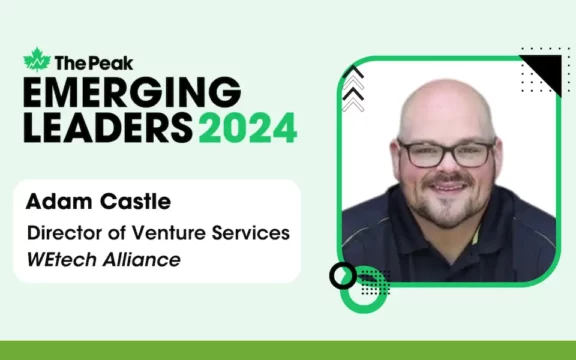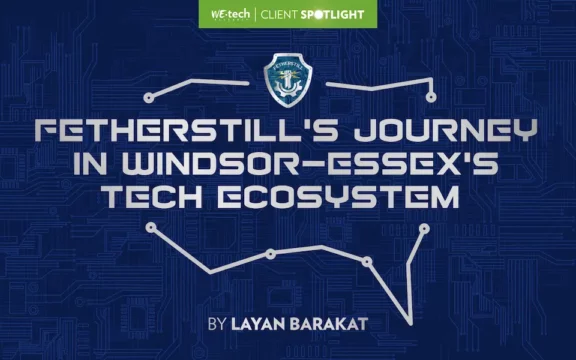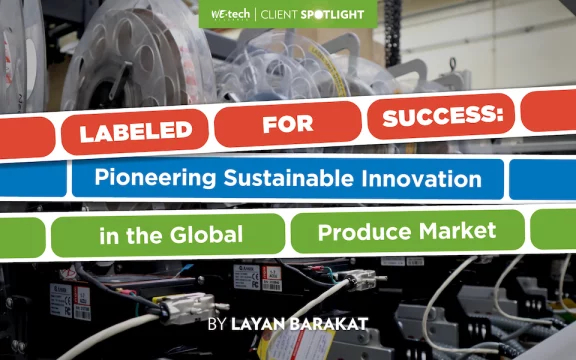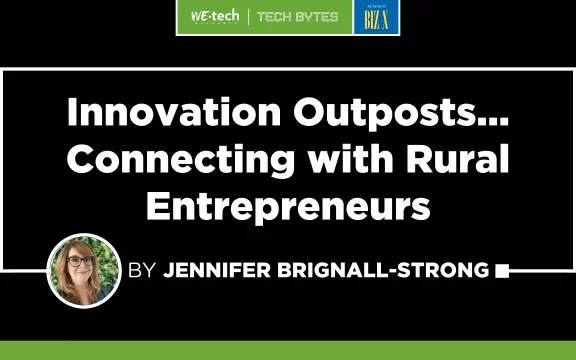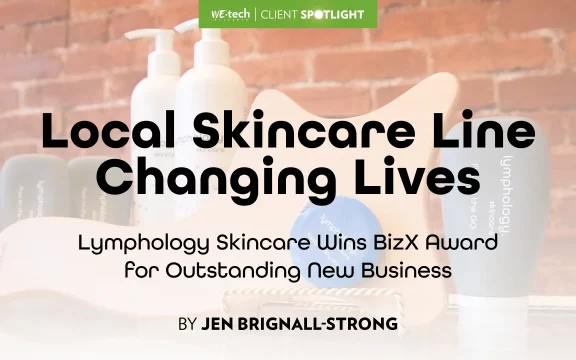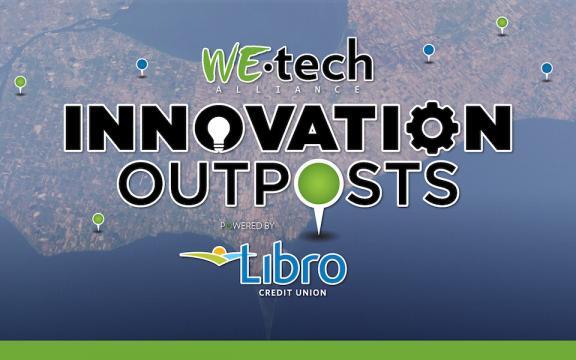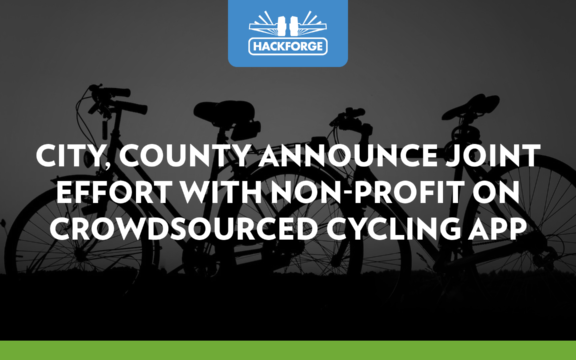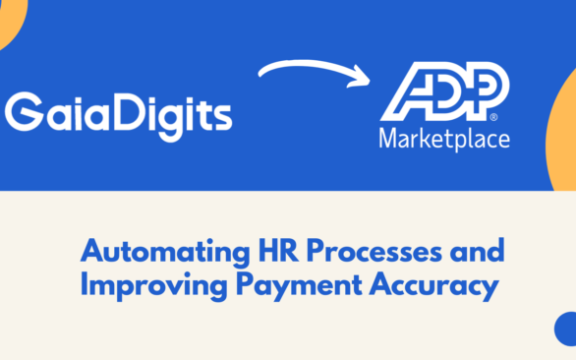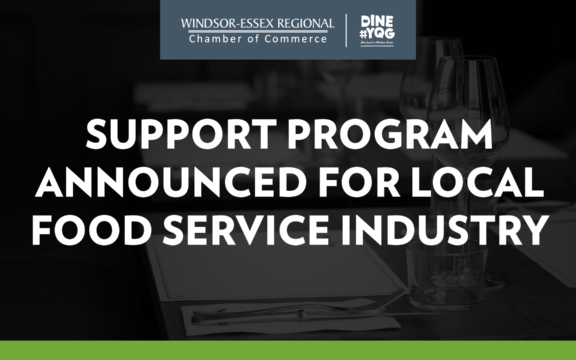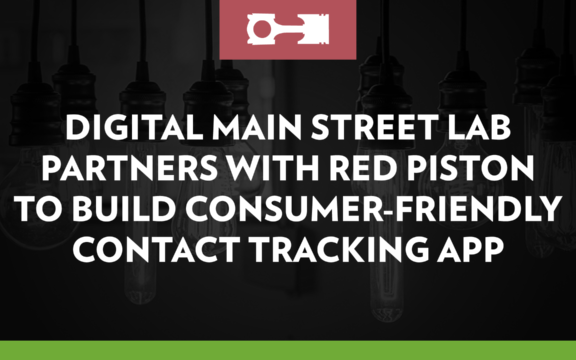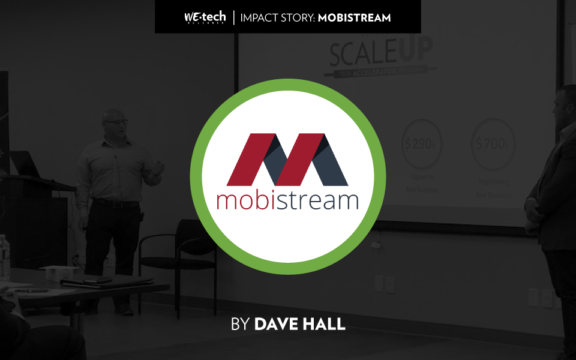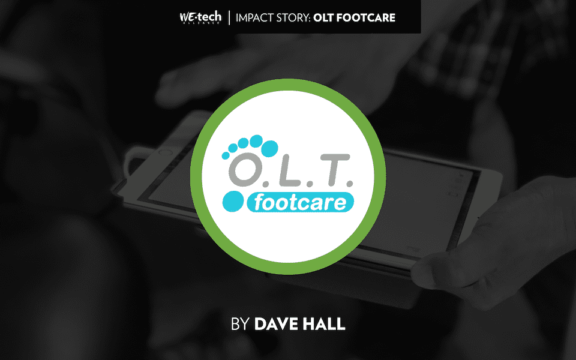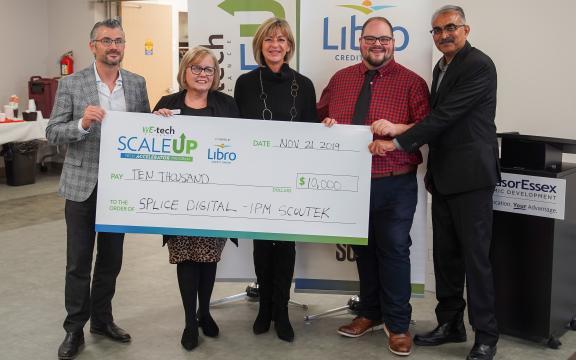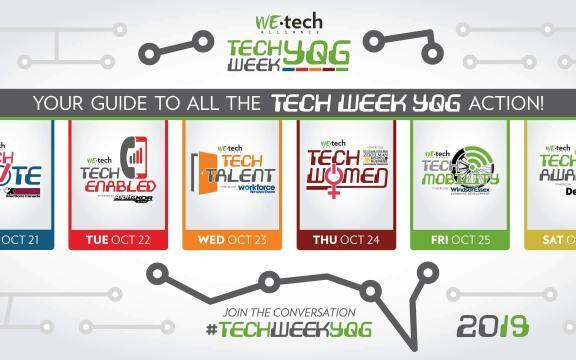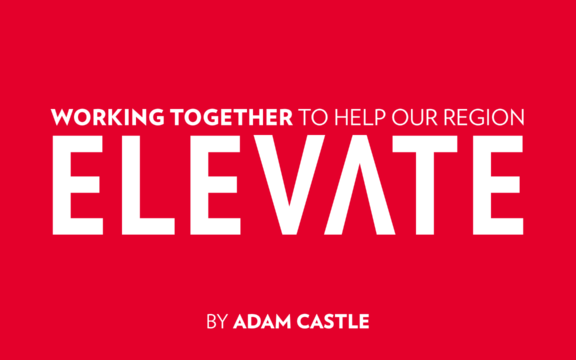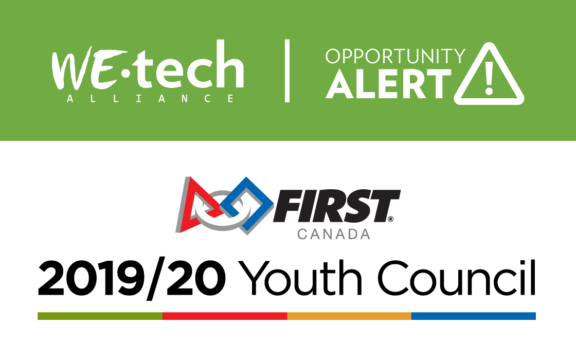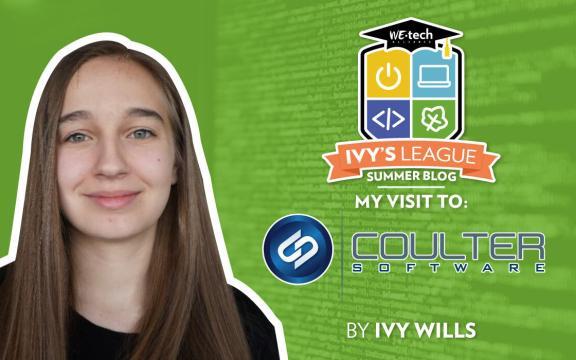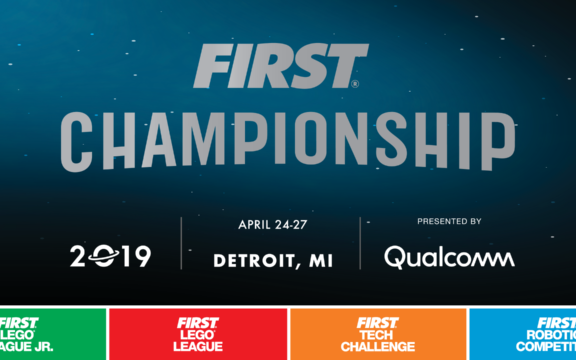Matching the marketing message to your most desirable customer segments is an essential element to success for any startup or innovative business. Failing to do so can be very costly. The biggest startup money burning mistake – not defining your customer segments properly!
Mistake – No segmentation!
If you haven’t made any effort to define your desirable customer segments, how are you creating your advertising and marketing programs? What is the message in your marketing?
Large corporations with large brands and large marketing budgets can do this, but a startup business usually has limited resources and negative cash flow. If your startup already has great, positive cash flow you do not need to read any further!
All others need to consider the following definition of a customer segment:
“A defined group of potential customers who share the same problem or passion and speak the same language.”
Mistake – Defining by demographics alone
Is your most desirable customer segment defined as a male in their 50’s? Just because a person is male and in his 50’s doesn’t mean they have the same problem and speak the same language. One 53-year-old male might have a problem selecting fashionable shirts for his next vacation where another 53-year-old male wears the same shirt every day but really needs to find parts for his 68 Camaro which he is restoring himself.
The most important and most often missed piece: “share the same problem”
Check out the difference in the following two definitions of a customer segment:
1) Windsor and Essex County business owners between the age of 45 and 65 with annual revenues between $1M and $5M.
2) Windsor and Essex County business owners who are concerned that if their bookkeeper didn’t show up one day, no one else would be able to do the payroll.
The second customer segment is defined based on a common problem. And not just any problem, it should be defined by the problem that your business can solve for this customer segment.

The question to ask yourself is:
What problems do we solve for our customers? What problems are we really good at solving?
How painful is the problem for the customer? Is your product or service a “vitamin” solution or an “aspirin” solution? Aspirin solutions are the best product or services because customers who have a headache right now will buy an aspirin. Everybody knows they should buy vitamins but without some pain, why bother?
When you start digging into the customer problems and trying to match up the features and benefits of your products and services, you may find it overwhelming because there are too many different problems and too many features and benefits.
With your limited resources and energy to focus, the least costly place to invest is on the top 2 or 3 most painful problems that you are really good at solving. In fact, if you have the ability to solve these particular problems, you should be able to make a cash flow profit.
The key trick is a bit counter intuitive: define your customer segment as narrowly as possible and keep your product offering as simple as possible. Getting your startup to cash flow positive activities is step one. Once you get there, you can think about expanding product lines or seeking new customer segments, but trying to be all things to all people at the start is a guarantee of failure.

The other part of the definition of customer segment is “speaks the same language”.
Why is this important? It’s because successful marketing communications speak in the language of the customer.
You might believe that there is a lot of mysterious hocus-pocus that marketing firms use to develop a marketing message – there isn’t. If you simply go and listen to the customers in your customer segment and capture in their language of how your product solves their problems, they will give you the message to share with the rest of the defined group. If this defined group speaks the same language, they will understand your marketing communications so much better!
Here is an example from a basement repair customer segment.
We defined the customer segment as married homeowners with wet basements that don’t like the musty smell. In this segment, we identified that one spouse was in charge of fixing the basement problem. After listening extensively to this customer segment, we found the perfect language for the marketing:
“Want to get your spouse off your back about fixing that smelly basement? We can help!”
In summary, the key to startup success is to narrow your customer segment (defined by a common problem or pain point). When you can communicate to them in their own language that you can solve their problem, they will ask you to solve it. Deliver the value by solving it and make some money!
P.S. If you happen to be one of those business owners concerned about your bookkeeping practices, let me know because I am working on a solution to that problem! paul@thebusinesstherapist.com
Paul Foster is the Founder & CEO of The Business Therapist. Paul’s life’s purpose is to bring more cash, freedom and happiness to independent business owners. Paul wants to learn about your toughest business challenges and frustrations so he can help you overcome them.








